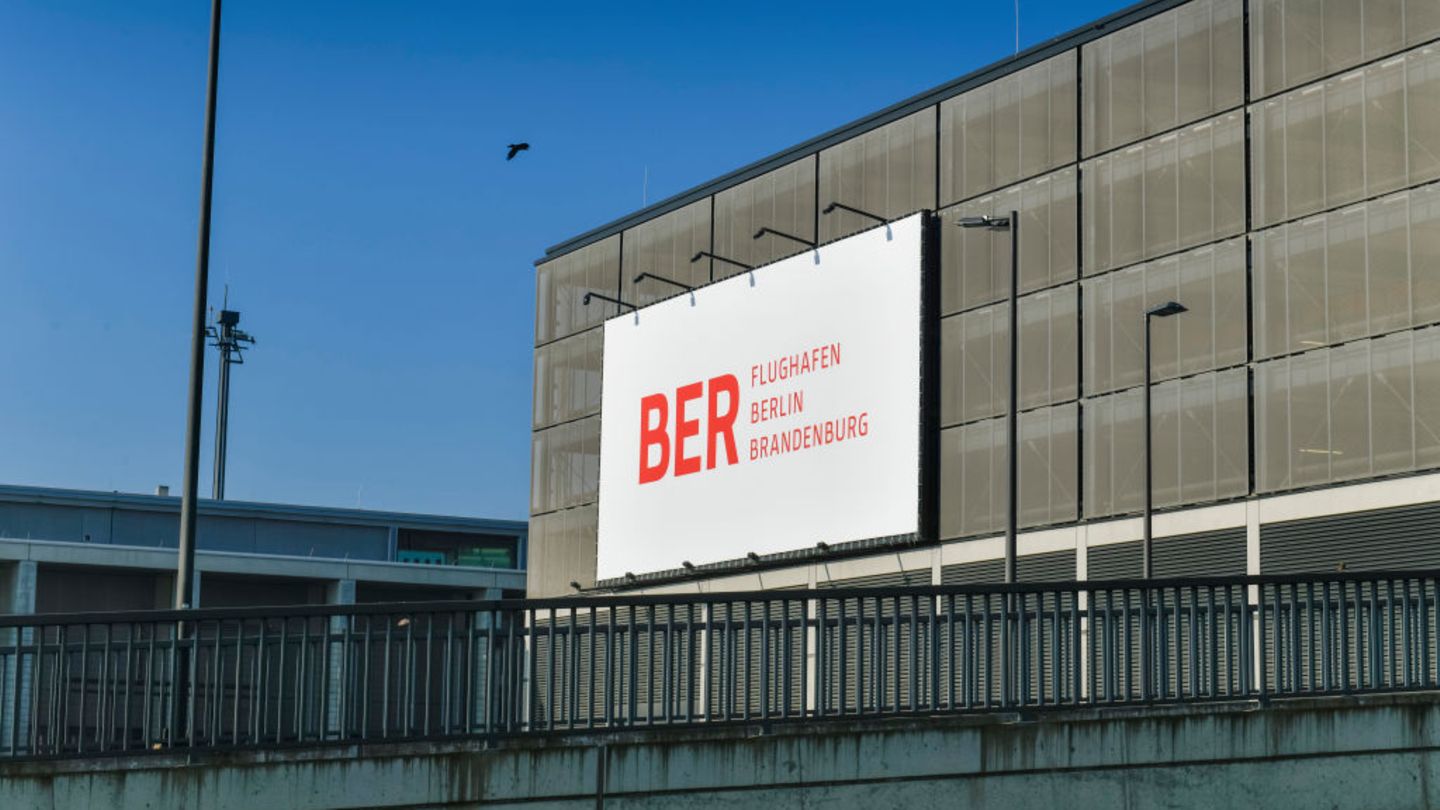When it comes to district heating, Wien Energie is not the only one with its price increases; other federal states are also raising prices. A change of provider is not possible with district heating, but price transparency should increase.
the Energy Styria According to a spokesman, within the next 14 days the application for the price increase for district heating announced in the spring will be submitted to the state of Styria or the price authority. At that time there was talk of an increase of between 18 and 20 euros per month. With the application, production costs and basic calculations must be submitted, among other things, and the decision is also made in consultation with the social partners. It is also decided whether and how much of the price increase is approved. That’s why they didn’t want to give any more details at Energie Steiermark.
the Linz AG again increased its district heating tariff – as reported – by 15.5 percent as of August 1, 2022. The energy price per kilowatt hour (KWh) rose from 5.6 cents to 6.5 cents gross. The basic price, which is determined based on the connected load, rose from 42.06 to 48.58 euros per kilowatt (KW) and year. At Linz AG, up to 60 percent of the heat comes from natural gas. In the next twelve years, i.e. by 2035, the proportion of climate-damaging fossil fuels is to fall to less than 20 percent. The following comparison shows that district heating is already many times more ecological than gas heating: At Linz AG, 4.45 grams of CO2 are emitted per kilowatt hour of heat generated, with gas heating it is 250 grams per kWh.
Of the Carinthian energy supplier Kelag operates a total of 85 district heating networks, for example in Villach in the home federal state and in all other federal states, for example in Leonding. The tariffs vary, depending on both the local energy mix and the contracts in question. In Villach, the gas share is around 20 percent, explained Energy & Heat Managing Director Adolf Melcher. The majority comes from waste heat and biomass. The prices for district heating customers are expected to rise by around 40 percent with the annual billing, the exact extent depends on further gas price developments. in the Network Linz/Leonding the prices will not rise as much, Melcher mentions an increase of 15.5 percent. Here, 85 to 90 percent of the district heating comes from waste heat from Voest, the rest from natural gas and other sources. The managing director did not want to say anything about specific prices and referred to different contracts, generally the prices are between 80 and 150 euros net per megawatt hour, which is the equivalent of 8 to 15 cents per kilowatt hour.
Melcher said that Kelag had been working on greening in recent years, twelve years ago 80 percent of the district heating in Villach was still dependent on natural gas, which in the current situation would have meant a doubling of the prices for customers. But even today you still have district heating systems with 100 percent gas – for example the Gasteinertal. There will be increases similar to those in Vienna. Melcher: “We are constantly busy with ecologizing.” For Kelag, that means above all biomass and waste heat. “The high prices are spurring things on, the communities are supporting the greening more.” The willingness to invest increases due to high prices. The CO2 emissions in the various networks is also a question of the calculation model, says Melcher. Specifically, it is about the question of how waste heat is evaluated. According to the model of the Federal Environment Agency, the emissions for Villach’s district heating are around 40 to 50 grams per kilowatt hour, in Linz slightly less.
increases in September
the Salzburg AG increases its district heating prices as of September 1st. According to a spokeswoman, the increase could be limited to 28 percent due to the “long-term purchasing policy”. As far as the energy mix is concerned, almost 70 percent of the heat comes from gas, with the rest coming from industrial waste heat and biomass. In the city of Salzburg and Hallein, the gross energy price per kWh rose from 9.45 to 12.74 cents in September. The basic price, which is called the performance price at Salzburg AG, increases from 30.2 euros per KW to 31.91 euros.
The district heating customers of Klagenfurt public utilities must also expect a price increase from September, although this will be moderate at only 5 percent. As the company said on Tuesday, the average heating tariff for a single-family house with a consumption of 14,000 kilowatt hours per year is 9.098 cents per kilowatt hour, the basic price is a good 30 euros per KW and year. In 2021, 89.7 percent of district heating came from biomass. The share of fossil energy, mostly gas, was 10.3 percent. With regard to CO2 emissions, it was said that they were zero, since the combined production of electricity in the biomass combined heat and power plants results in a higher credit for avoiding CO2 than is the case with gas production.
the Güssinger Fernwärme GmbH uses 99 percent wood, oil is only used for short-term peaks. For households, the price is 9 to 12 cents per kWh. The basic price, which is also performance-dependent, is around 360 to 1,000 euros per year. Price increases occur annually in October and are based on index adjustments. After price reductions of 0.7 percent in the previous year and minus 1 to minus 3 percent in the previous years, an increase of around 20 percent is expected this year.
More transparency in pricing in the future
The district heating networks in Austria are fundamentally difficult to compare with one another, says Katalin-Andrea Griessmair-Farkas, Deputy Managing Director of the Association of Gas and Heat Utilities. “There are district heating systems in Austria that are based exclusively on wood chip boilers, which use waste heat from waste incineration from an industrial process or from combined power generation, or feed in geothermal or environmental heat with and without heat pumps, and all possible combinations of these technologies. These very different local possibilities also determine the composition of the production costs of the respective district heating generation and lead to very different effects on the price.”
For this reason, there is no tariff calculator as with electricity and gas. However, the new Renewable Energy Sources Expansion Act (EAG) laid the foundation for more price transparency in district heating. “All providers except very small ones are obliged to report the tariffs and other price components – the data is then published online,” said Christoph Dolna-Gruber, energy expert at the Austrian Energy Agency, to the APA. In addition, district heating companies with more than 250 customers are obliged to state the energy mix in their annual accounts.
Source: Nachrichten




